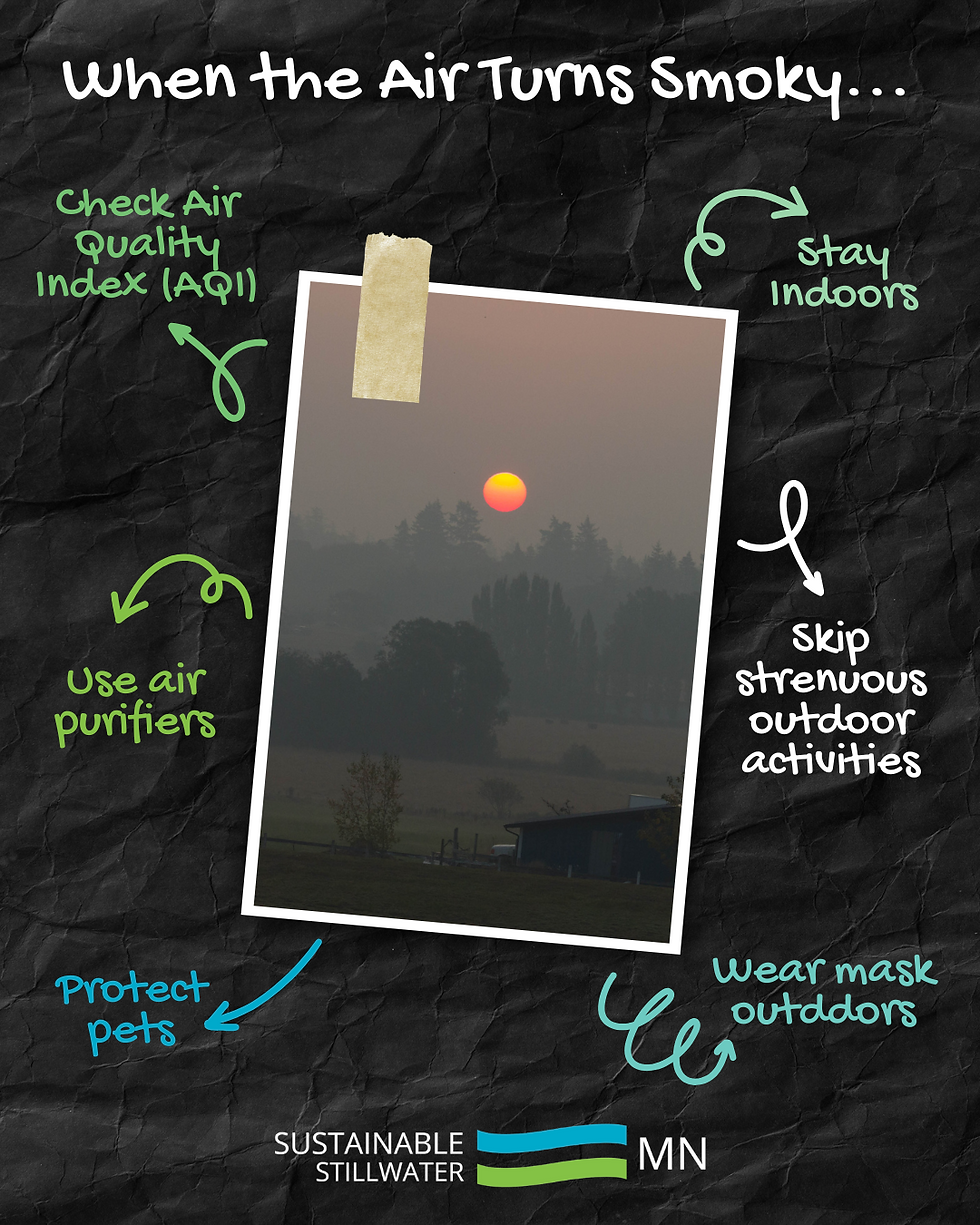Is Wine in a Box Better for the Planet?
- info9589284
- May 18, 2023
- 2 min read
RESHARE: THE NEW APPEAL OF WINE IN A BOX
By Eric Asimov,
Excerpted from: The New York Times, May 4, 2023

"For many reasons, boxed wines make an enormous amount of sense. The bag-in-box method is a great way to package easygoing wines that are not intended for aging. Still, the category faces stubborn resistance among both consumers and producers.
Why? Consumers have equated boxes with bad wine because for so long, with scattered exceptions, only bad wine was sold in boxes in the United States. And producers wouldn’t put better wines in boxes because they are aware of the fierce stigma.
To everybody’s benefit, attitudes seem to have softened lately, mainly because of the climate crisis. Motivated by the ecological advantages of bag-in-box packaging, a growing number of producers and merchants are opting to box good wine intended for immediate consumption rather than use glass bottles.
It’s now widely understood that wine bottles are a significant environmental problem. Their production and transport makes up the biggest proportion of the wine industry’s carbon footprint, and sadly, in the United States, at least, a low percentage of glass is recycled.
The industry has experimented with reusable, returnable glass bottles, but consumers did not return them, regardless of the incentives offered. As a result, many environmentally minded producers see bag-in-box packages as a good intermediate step toward a time when consumers will accept the wisdom of reusable bottles.
An open box of wine lasts longer. When you uncork a bottle and pour out a drink, air fills the empty space in the bottle, causing the wine to slowly deteriorate. Depending on the age and quality of the wine, an open bottle may stay good for a day or two, or maybe up to a week.
But when you tap and pour a bag-in-box, the plastic liner shrinks around the remaining wine, keeping air out. Wine can stay fresh for a month or so. In addition, the standard unit for boxed wine is three liters, the equivalent of four bottles, so the amount of waste is proportionately less.
Bag-in-box is not appropriate for all wines. Unlike bottles, which are impervious to air, bag-in-box is permeable, so it’s not good for wines intended for aging more than a year or so. But for those intended for early consumption — the vast majority of wines produced — boxes are great.
“The carbon footprint is about a tenth of the emissions for the production of four single-use bottles, not even taking into consideration weight and transport,” she said. “No way around it, boxes are significantly better for the planet, even with a plastic liner.”
For the full article, and a list of “The Ten Best Wines in A Box” go to
300_edited.png)







Comments